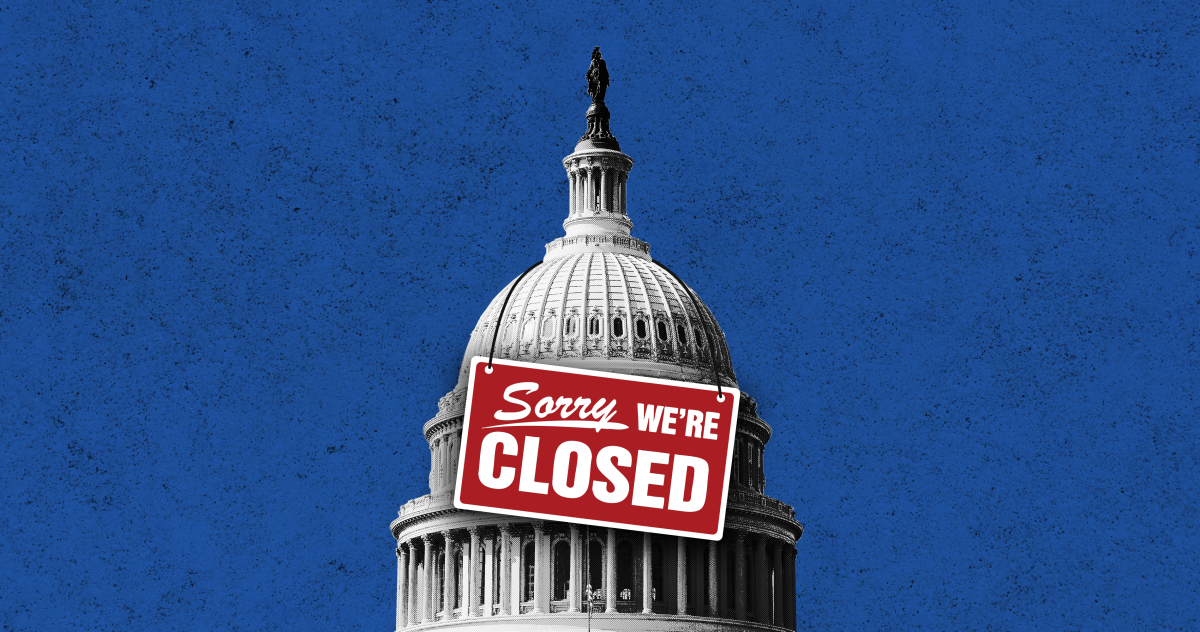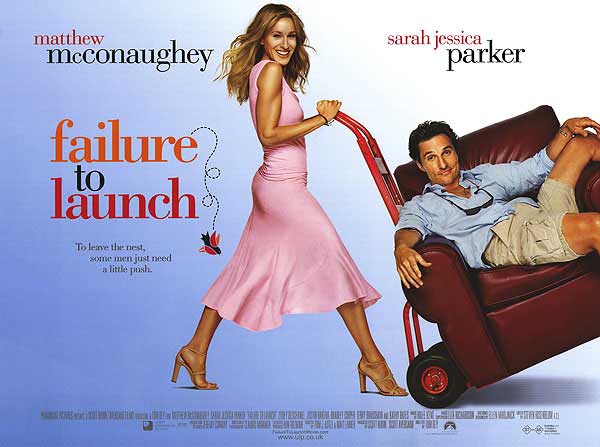Global warming: let’s talk about it

Global warming is being talked about all over the world with great emphasis on how we need to take charge—reduce, reuse, recycle. The issue of global warming raises a lot of questions. In my opinion, the most pressing question is how we slow the process of global warming?
Unfortunately, many people swiftly dismiss the harm we have done to our environment. We convince ourselves that it isn’t altering our lives and plus, doesn’t the world go in cycles? While these things may seem true, evidence suggests otherwise.
According to NASA, “Just in the last 650,000 years there have been seven cycles of glacial advance and retreat.” The evidence to support this is ”found in tree rings, ocean sediments, coral reefs, and layers of sedimentary rocks.” In the same breath we can see that there has been evidence that current warming is occurring roughly ten times faster than the average rate of ice-age-recovery warming. “Carbon dioxide from human activity is increasing more than 250 times faster than it did from natural sources after the last Ice Age,” claims NASA.
We can dig even further into the effects of global warming. NASA also states, “The planet’s average surface temperature has risen about 2.05 degrees Fahrenheit since the late 19th century.” What played into the rise in temperature? Greenhouse gases and other human made emissions. National Geographic stated that the temperature rose about “twice that in parts of the Arctic.” With all that being said we can not deny that global warming is happening and that human beings have an impact.
How do we prevent and help reduce the harm we have already done? According to EPA’s National Overview, “The 2017 recycling rate was 35.2 percent.” On April 1, 2017 the population was 324,480,012, according to the United States Census Bureau. If only 35 percent of people recycled, that would mean out of 324,480,012 people only 114,216,964 people participated in the recycling efforts. But recycling is only to prevent the pollution of the environment after a product has taken root in our daily lives.
What is my personal solution to the global warming crisis? Have the government set standards on the products ability to be composited and recycled and precautionary regulations for the waste of these products before they are developed. Throughout history products have been developed for the sake of development. This led to plastics that don’t decompose, harmful vapors and chemicals, and products that can’t be recycled. No one stopped to ask the important question: Should we develop this product? Why can’t the federal government set standards so that before these products become rooted into our daily lives, they have a proper way to be disposed of? While most people may not agree that the government should control the products that can be distributed. I think this is the only way for us to make sure that global warming can not only be reduced in the future. So, I ask you instead of managing this crisis why don’t we prevent it?
Next time you go to the store, ask yourself what resources were used to make a product before you buy it. Consider whether the amount of pollution is really worth that product being in daily use. If we pay attention to these details, we are more likely to have companies pay attention to them as well. At the end of the day, by doing our part to recycle, and more importantly, by being conscious consumers, people like you and I can influence whether global warming will dwindle or if it will continue to consume the planet we love.
To see where I found my facts and to read more, refer to the articles below.
U.S. and World Population Clock
Evidence | Facts – Climate Change: Vital Signs of the Planet
National Overview: Facts and Figures on Materials, Wastes and Recycling

Ava is a senior at Delphi Community High School and is in her third year of Parnassus. She is a member of the DCHS plays, musicals, and French club. She...













